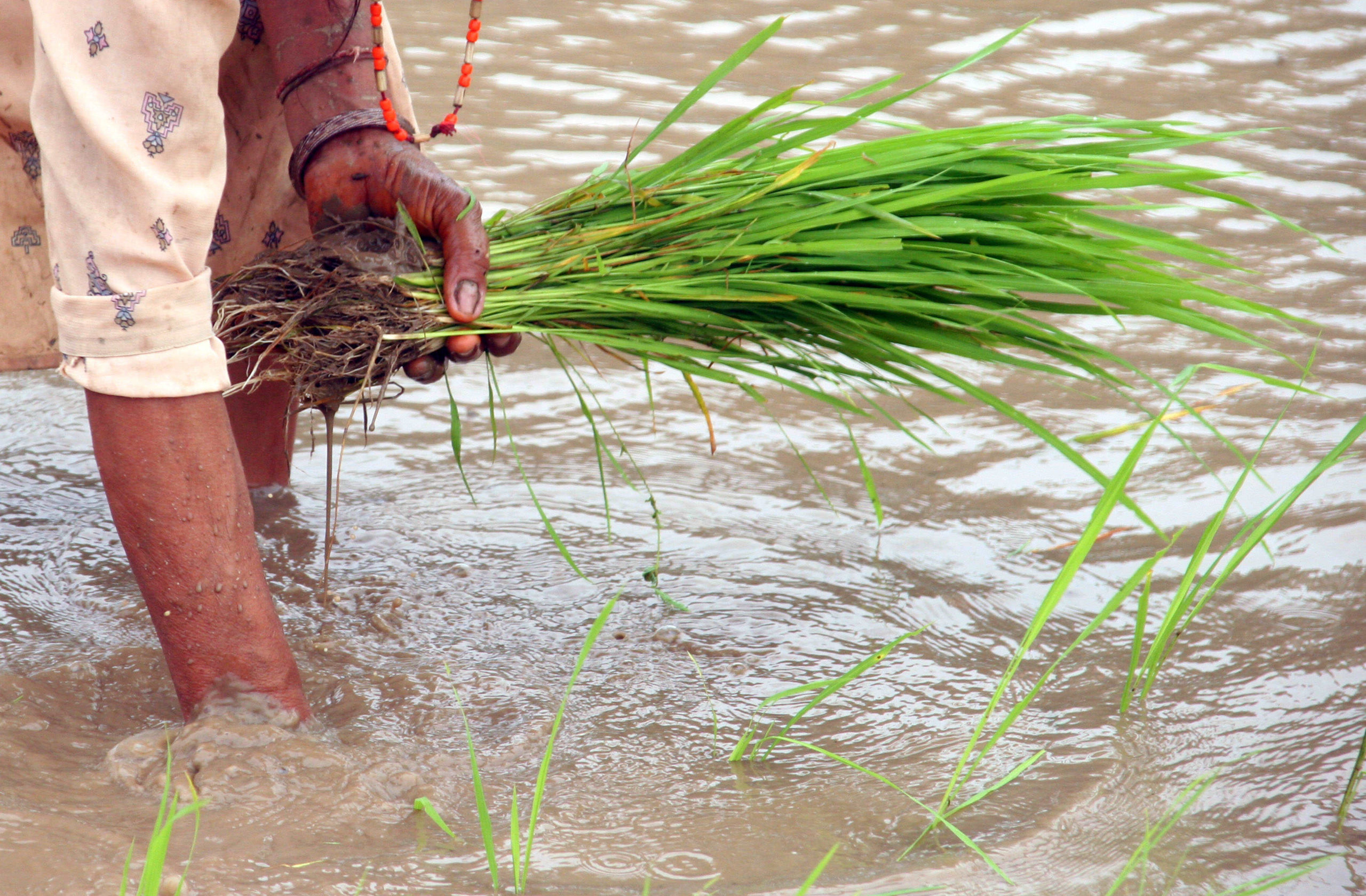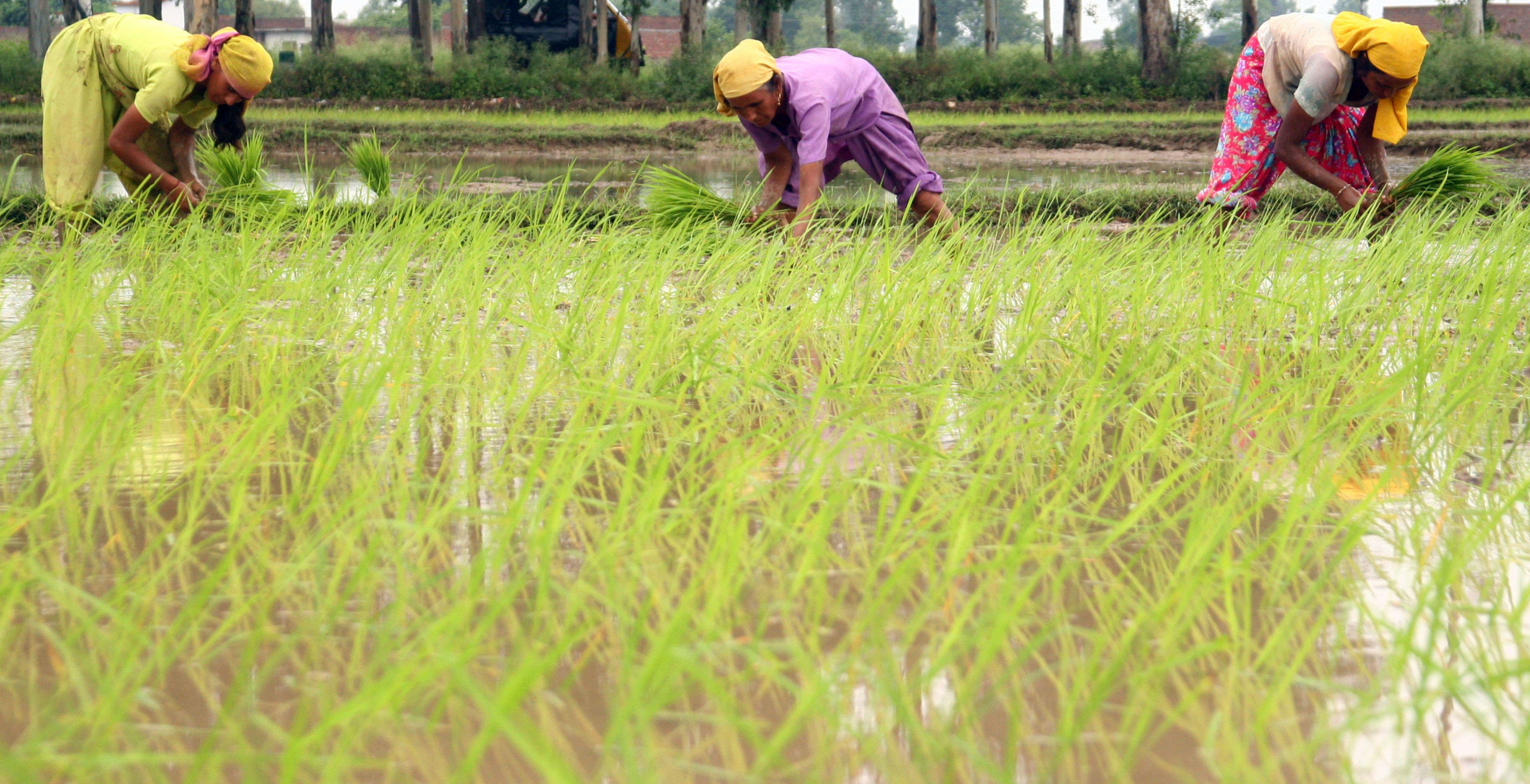Do you love Basmati rice? Scientists develop three new varieties with double the yield
While the older basmati rice varieties yield 20 to 22 quintals per hectare, the three new basmati varieties yield anything between 40 to 47 quintals per hectare.


Photo: Jaipal Singh Bandra/Flickr
The Sher-e-Kashmir University of Agricultural Sciences and Technology, Jammu in the Union Territory of Jammu & Kashmir, has developed three new varieties of basmati rice. It claims the three new varieties are as good as the globally sought-after, basmati 370 variety of Jammu and their yield, more than double. As against a yield of 20 to 22 quintals of ‘basmati 370’ rice per hectare, the yield of three new varieties — ‘Jammu basmati 143’, ‘Jammu basmati 118’, and ‘Jammu basmati 123’ — is between 40 to 47 quintals per hectare.
The basmati farmers will no longer have to worry about the low yields of the older basmati variety, said the agricultural scientists of the Sher-e-Kashmir University of Agricultural Sciences and Technology. The new varieties will produce better yields, they claimed.
“We were looking for an alternative that has the same quality but a better yield and after years of research, we have finally developed the Jammu basmati 143, Jammu basmati 118 and Jammu basmati 123,” Jagpal Sharma, director of the research department at Sher-e-Kashmir Agricultural University, Jammu, told Gaon Connection.
“Local farmers have paddy seeds at home that have come down from generations. We collected 143 different kinds of paddy seeds from them and developed these three new varieties,” he said. They did not have the shortcoming of a low yield like basmati 370, he added.

Basmati rice is cultivated in RS Pura, Bishnah, Akhnoor, Samba, Hiranagar and Kathua tehsils of Jammu division, of which the rice from RS Pura region is quite renowned and has been cultivated for many years.
Basmati 370 yields 20 to 22 quintals of paddy per hectare whereas Jammu Basmati 118 (the highest-yielding among the new varieties) gives 45-47 quintals of paddy per hectare. It also ripens faster. The height of 150-160 cms of the basmati 370 made it susceptible to wind currents, whereas, the Jammu basmati 118 was a shorter and sturdier plant, explained Sharma.
Jammu basmati 123, produces 40 quintals per hectare and, with a large grain, has characteristics similar to the 370 variety. The third variety, Jammu basmati 143, yields 40 to 45 quintals per hectare and is slightly different from other varieties as its plants are longer. The straw from this variety is used as cattle feed.

The university has provided 400 farmers with the new seed varieties for trials during the Jammu kharif session 2020-21, which yielded good results.
The Sher-e-Kashmir University of Agricultural Sciences and Technology, will organise its annual Krishi Mela in its campus between March 16 and March 20 next month. The improved varieties of basmati seeds will be available at the mela for farmers to procure.
“Currently, we have about 600 quintals of seeds available and we have packed them in bags of two kilos each that the farmers can buy,” said Sharma.
Basmati grown in Himachal Pradesh, Punjab, Haryana, Uttarakhand, Delhi, western Uttar Pradesh and Jammu and Kashmir has its unique Geographical Indication tag. “The farmers in the states that have a GI tag for their Basmati can also cultivate these new varieties,” said Sharma adding that they had already received inquiries from farmers in Punjab.

